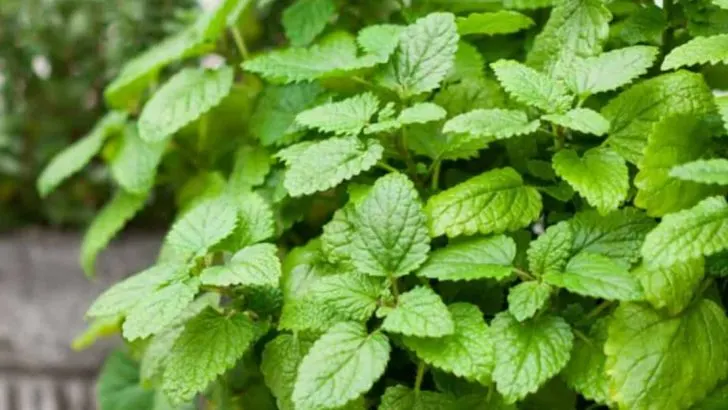Lemon balm that barely smells? Tragic. This herb should hit you with a sweet, citrusy wave every time you brush by—anything less is a missed opportunity. But don’t worry. You’re not cursed. You might just need to tweak how you’re growing it. Because lemon balm isn’t high-maintenance—but it is a little picky. Wrong spot, weak scent. Too much water, flavor fizzles. Neglect the pruning, and it turns into a tangled jungle of meh. The good news? With a few easy tricks, you can turn your lemon balm into the fragrant show-off it was meant to be. Think fresh leaves that beg to be touched, crushed, brewed, and loved. Ready to bring the zing back? Let’s make your lemon balm unforgettable.
Start with Quality Seeds
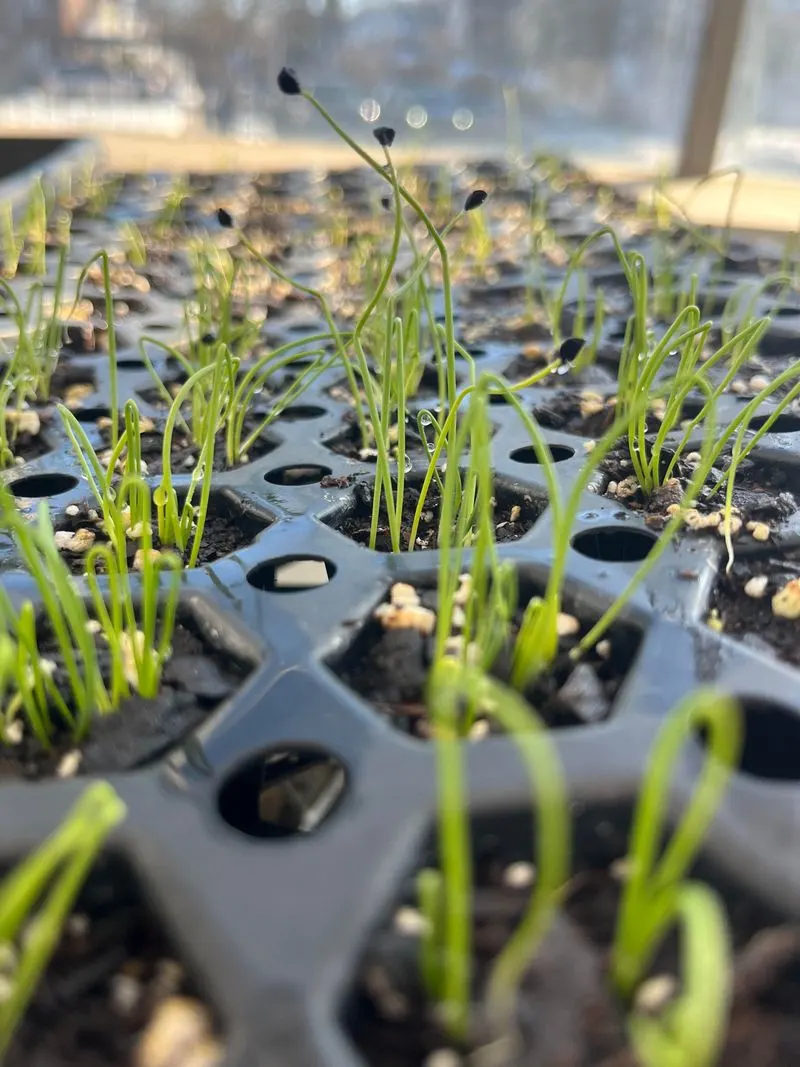
The journey of growing vibrant lemon balm begins with quality seeds. Choose reputable suppliers to ensure your plants thrive. Germination is key; therefore, seeds should be fresh and viable. Soak them overnight to boost germination rates, and plant them in well-draining soil. Remember, lemon balm prefers a sunny spot but will tolerate partial shade. Water consistently, but avoid waterlogging. This preparation will set the stage for a season full of fragrant lemon balm. Starting right with quality seeds is the foundation for a thriving garden.
Prepare the Soil
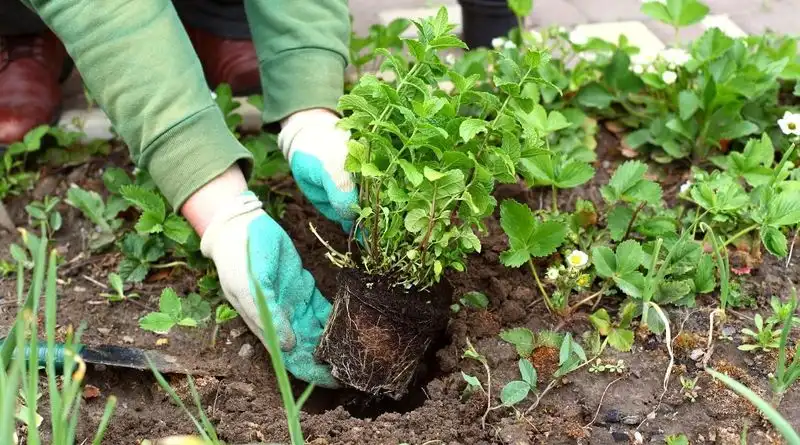
For a thriving lemon balm, soil preparation is crucial. Before planting, enrich your garden bed with organic matter like compost. This not only improves drainage but also provides necessary nutrients. Test the soil pH to ensure it’s slightly acidic to neutral, around 6.0 to 7.0. Amend the soil with lime if it’s too acidic or sulfur if it’s too alkaline. Well-prepared soil encourages robust growth and a bounty of aromatic leaves. By dedicating time to soil preparation, you lay the groundwork for a successful lemon balm harvest.
Regular Pruning for Growth
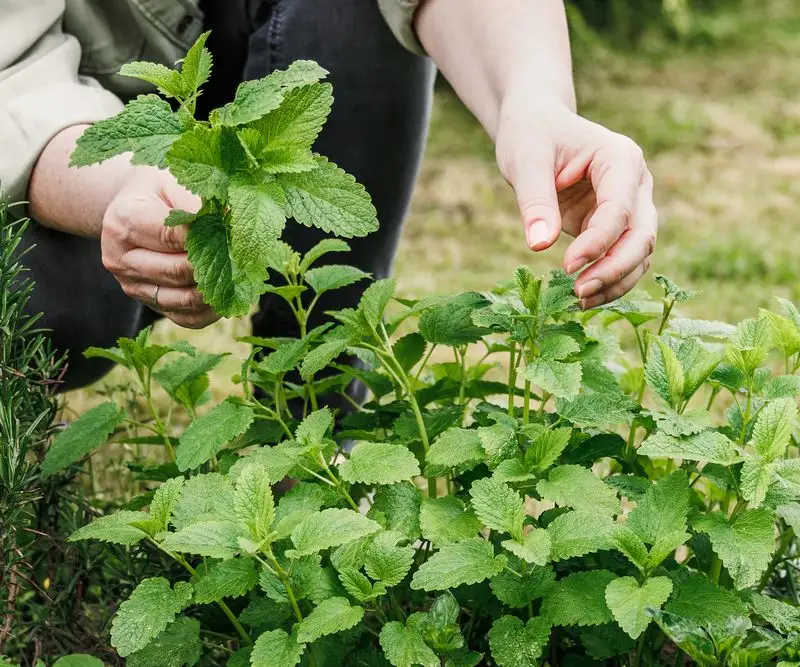
Regular pruning is essential to keep your lemon balm lush and aromatic. Clip the tips frequently to encourage bushier growth and prevent the plant from becoming leggy. This also helps in maintaining its delightful aroma. Remove any flowers as soon as they appear to focus the plant’s energy on leaf production. Pruning not only shapes the plant but also rejuvenates it, leading to a more vibrant and fragrant herb garden. Embrace pruning as a regular gardening chore for the best results.
Optimal Watering Techniques
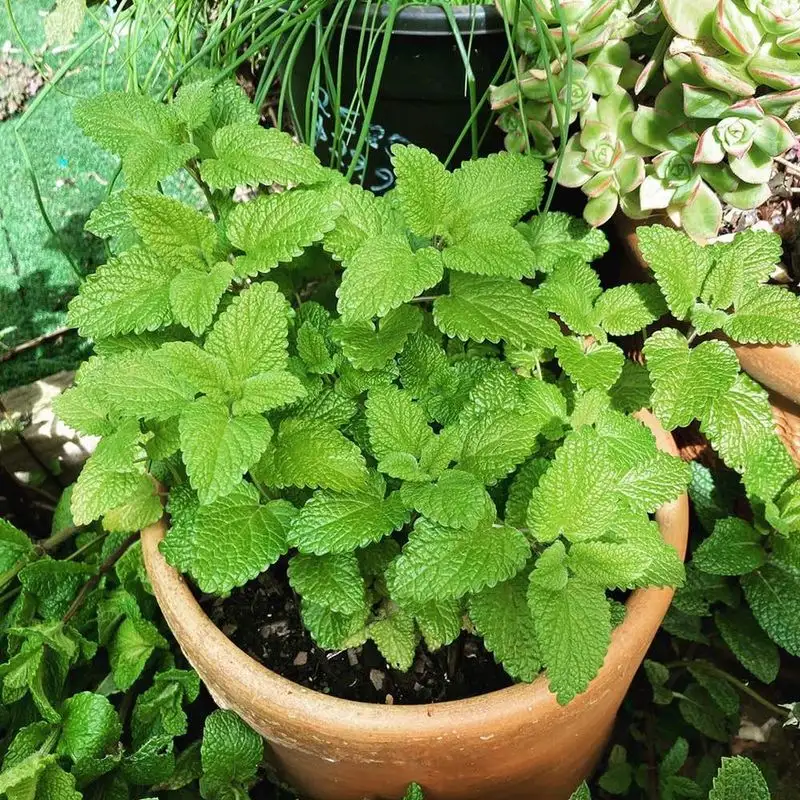
Watering is a delicate balance with lemon balm. It needs consistent moisture but dislikes soggy roots. Water deeply yet infrequently, allowing the top inch of soil to dry between sessions. Morning watering is preferable to reduce the risk of fungal diseases. In hotter climates, mulching can help retain moisture. Proper watering keeps the plant healthy and aromatic, ready to spice up your dishes or teas. Mastering this technique ensures your lemon balm remains lush and fragrant throughout the season.
Sunlight and Shade Balance
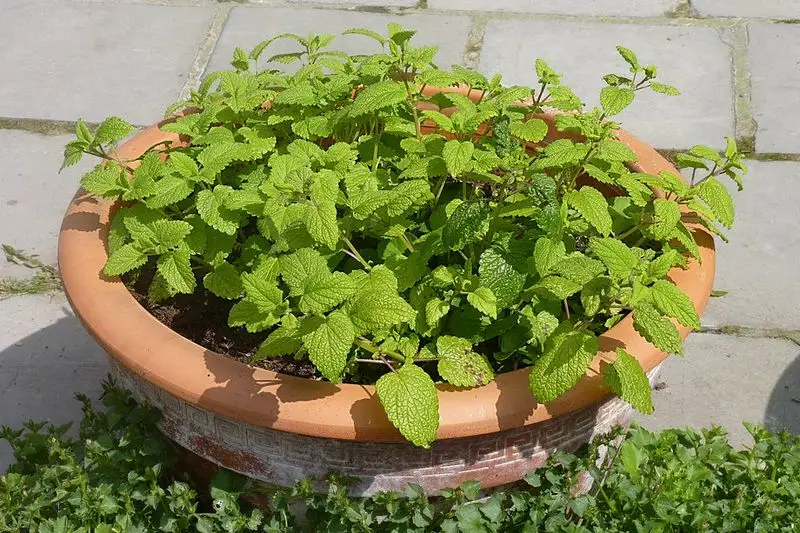
Lemon balm enjoys sunlight but appreciates a bit of afternoon shade, especially in hotter climates. Six hours of morning sun is ideal. This balance prevents the leaves from scorching and maintains their aromatic quality. In regions with intense midday sun, consider planting near taller plants to provide natural shade. Observing your garden’s light patterns can help in selecting the perfect spot. By providing the right amount of sun, your lemon balm thrives with a stronger scent and healthier growth.
Companion Planting
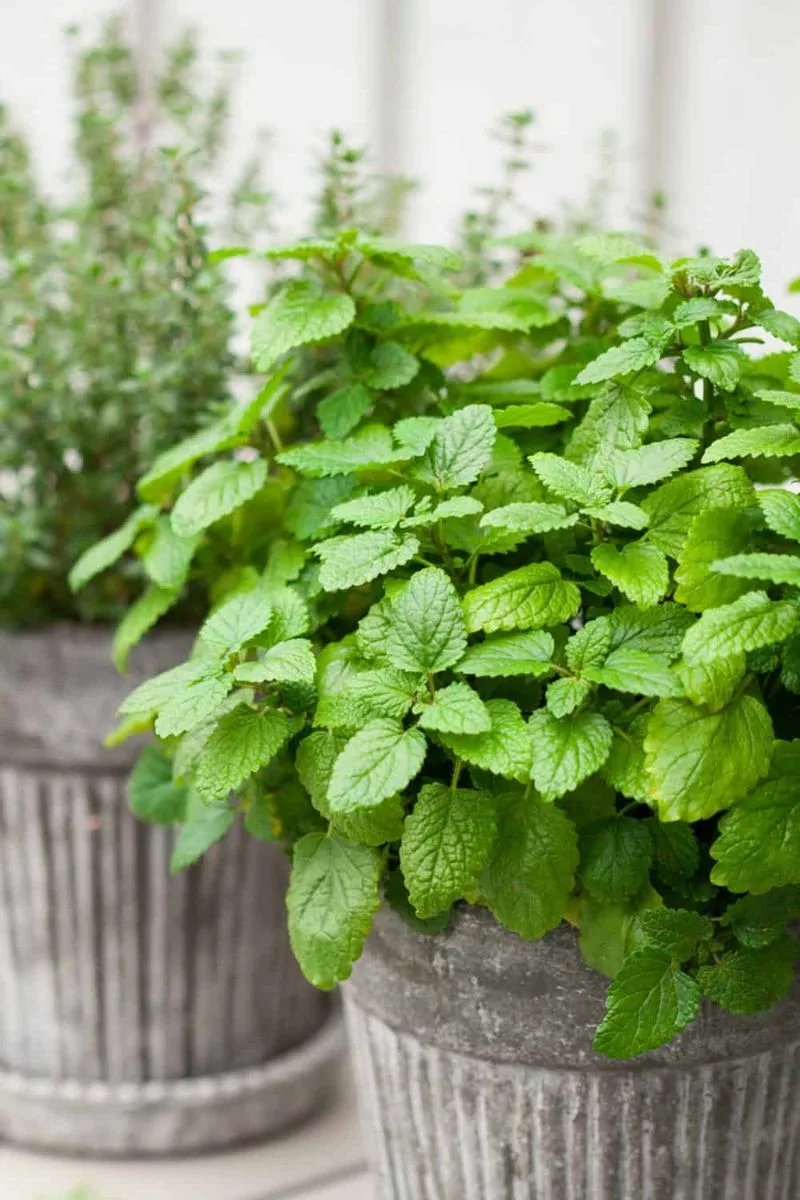
Companion planting enhances lemon balm’s growth and aroma. Pair it with plants like chamomile and basil, which attract beneficial insects and deter pests. This method not only improves overall plant health but also enriches the garden’s biodiversity. The mutual benefits create a thriving ecosystem where lemon balm can flourish with its rich scent. Understanding companion planting can transform your garden into a haven of aromatic herbs. Explore which plants work best together for a delightful and productive garden.
Fertilize Naturally
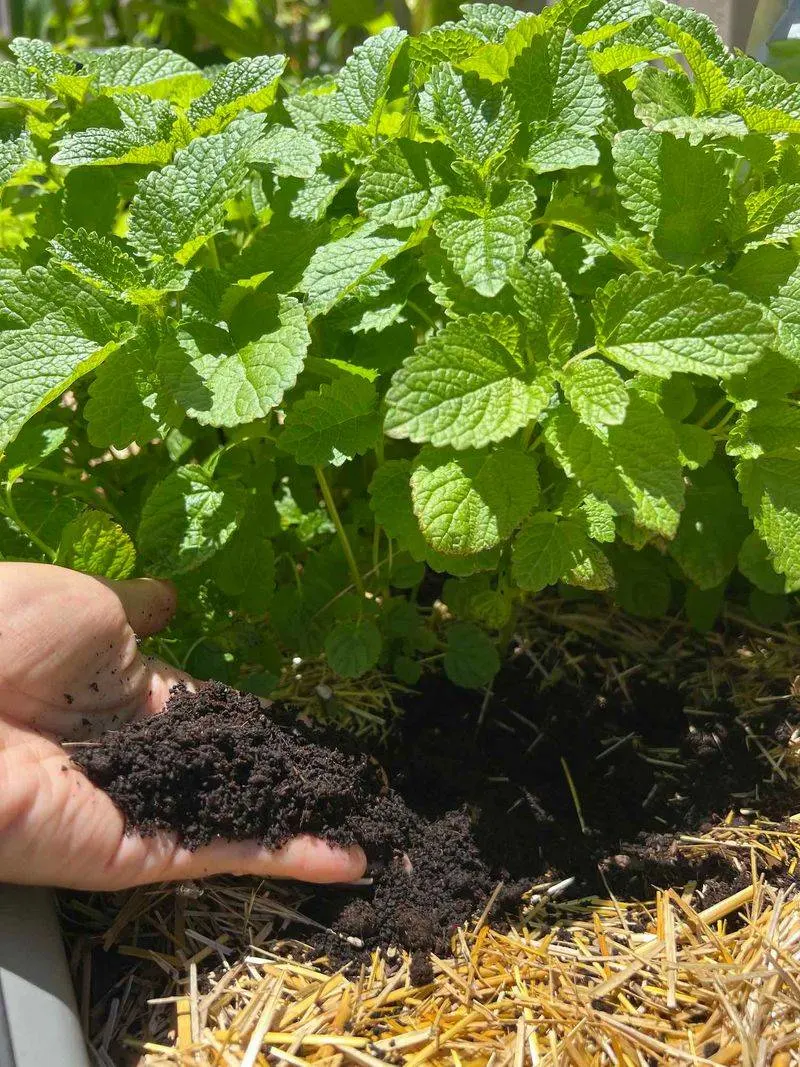
Natural fertilizers can boost your lemon balm’s growth without harming the environment. Use compost, aged manure, or a gentle organic fertilizer to provide essential nutrients. Avoid chemical fertilizers that might burn the plant or alter its natural aroma. Feeding once a month during the growing season keeps your lemon balm lush and fragrant. This nurturing touch ensures a continuous supply of aromatic leaves ready to enhance your meals and remedies. Embrace natural fertilization for a healthy and eco-friendly garden.
Mulching for Moisture Retention
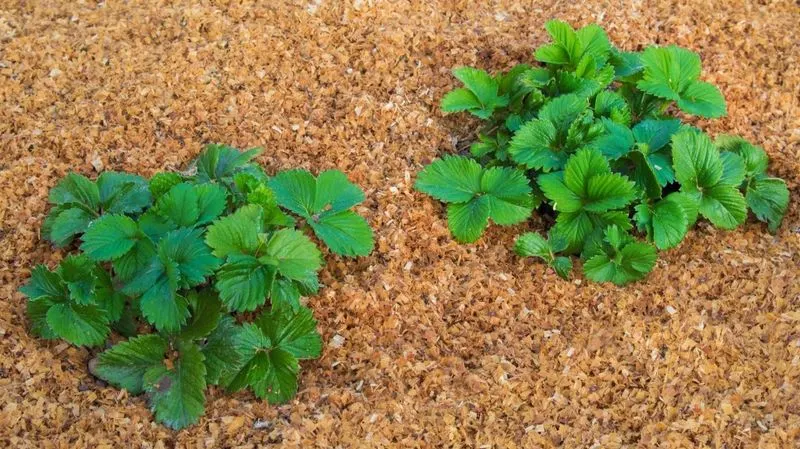
Mulching is a secret weapon for maintaining moisture and reducing weeds around lemon balm. Apply a layer of organic mulch, such as straw or bark, around the base of the plants. This practice helps retain soil moisture, keeping the roots cool and hydrated. Mulching also suppresses weeds that compete for nutrients. As it breaks down, it adds nutrients back into the soil. This simple step can make your herb garden more efficient and aromatic, prolonging the life of your lemon balm.
Pest Management
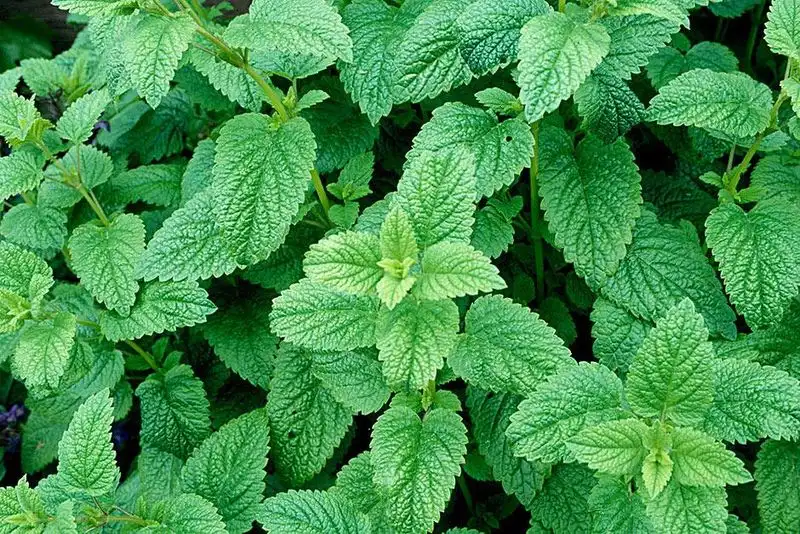
Lemon balm’s citrus scent naturally deters many pests, but vigilance is still necessary. Encourage beneficial insects like ladybugs and lacewings that prey on aphids and whiteflies. Handpick larger pests and regularly inspect the leaves for signs of infestation. Avoid chemical pesticides that can harm beneficial insects and reduce your plant’s aroma. By fostering a natural balance, your lemon balm remains healthy and aromatic. Creating a pest-friendly habitat helps your garden thrive, keeping your herbs fresh and fragrant.
Winter Care and Overwintering
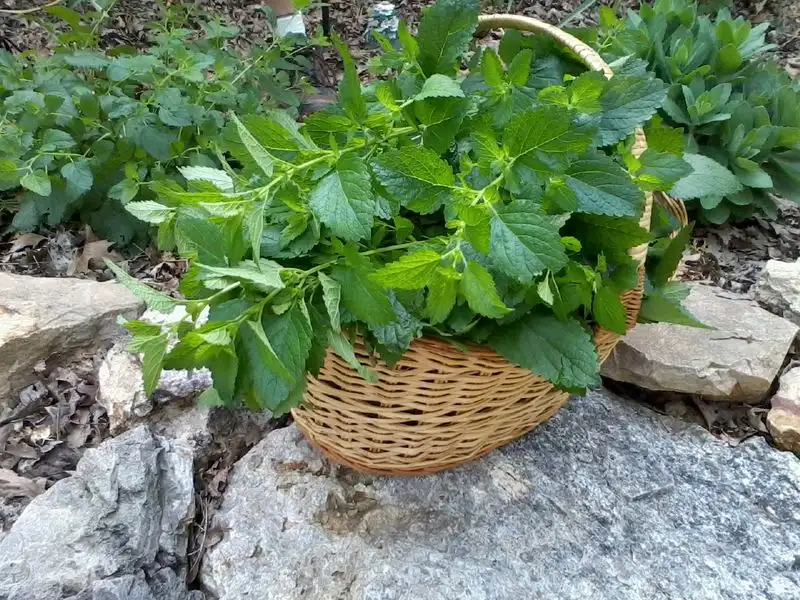
In colder climates, lemon balm requires special care for winter survival. Before the first frost, cover the plants with mulch or a frost cloth to insulate them. Consider potting some plants and moving them indoors or to a greenhouse. This not only protects them from freezing temperatures but also keeps their aroma intact for winter cooking. With proper care, your lemon balm can weather harsh conditions and return fragrant and strong for another growing season. Winter care ensures a vibrant spring garden.
Container Gardening
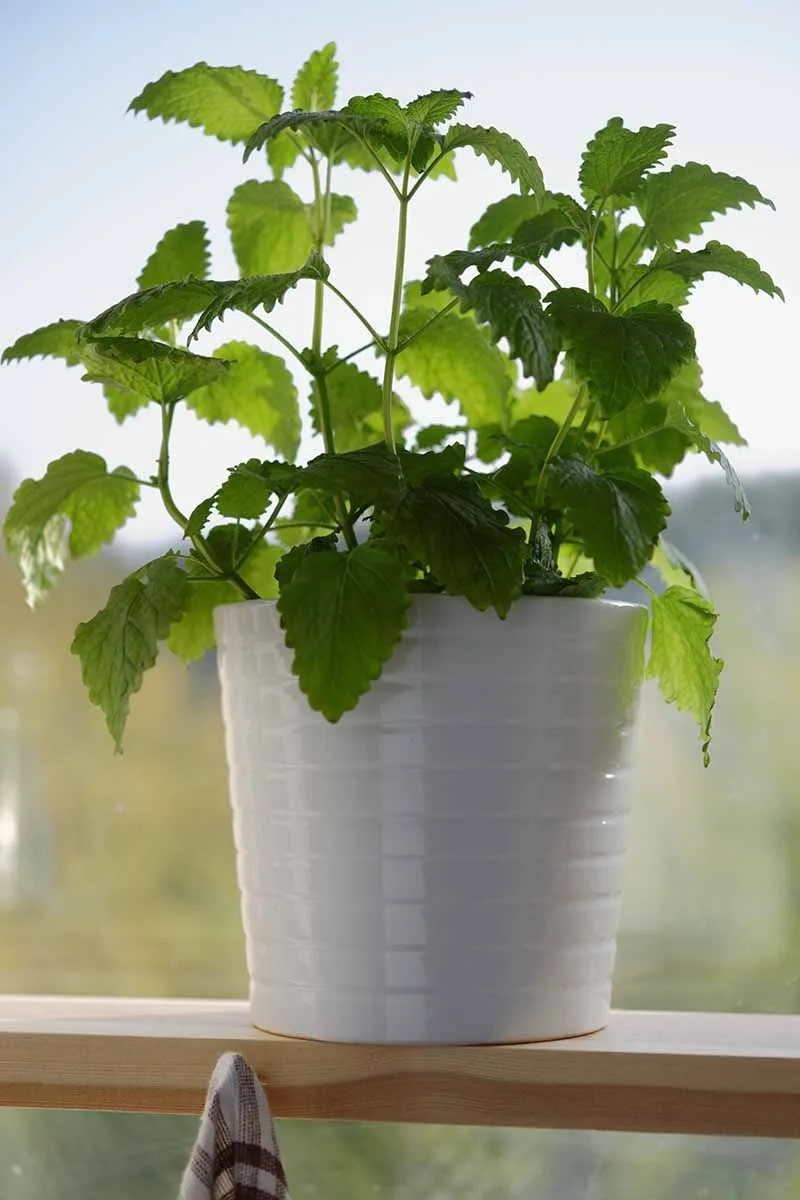
Lemon balm thrives in containers, making it perfect for small spaces like balconies or patios. Use a pot with good drainage and quality potting mix. Regularly water and ensure it gets enough sunlight. Container gardening allows you to move the plant to catch optimal light or protect it from harsh weather. It also keeps its aromatic leaves within arm’s reach for your culinary needs. Enjoy the fragrance and utility of lemon balm even in limited spaces by growing it in containers.
Propagation by Cuttings
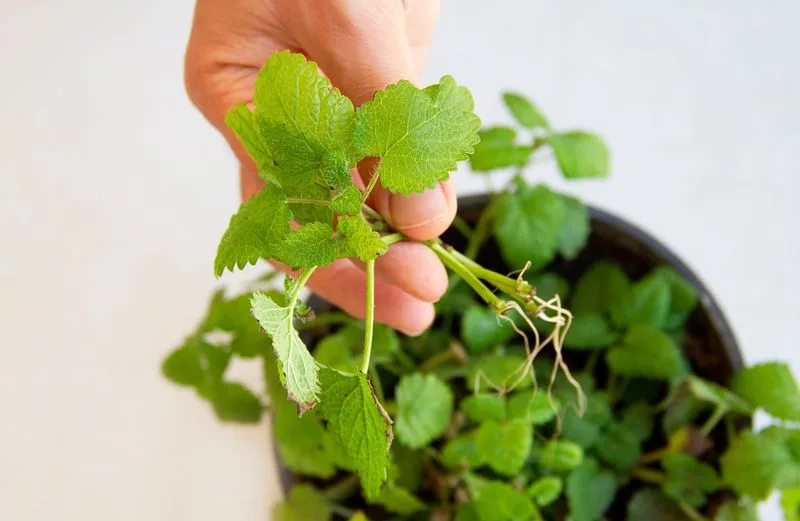
Propagating lemon balm by cuttings is a rewarding process that ensures a continuous supply. Select healthy stems and cut just below a node. Remove lower leaves, dip the cut end in rooting hormone, and place in moist potting mix. Cover with a plastic bag to maintain humidity until roots develop. This method not only expands your garden but also keeps the aroma consistent and fresh. Propagation is an easy way to share fragrant lemon balm with friends or enhance your own herb collection.
Harvesting Techniques
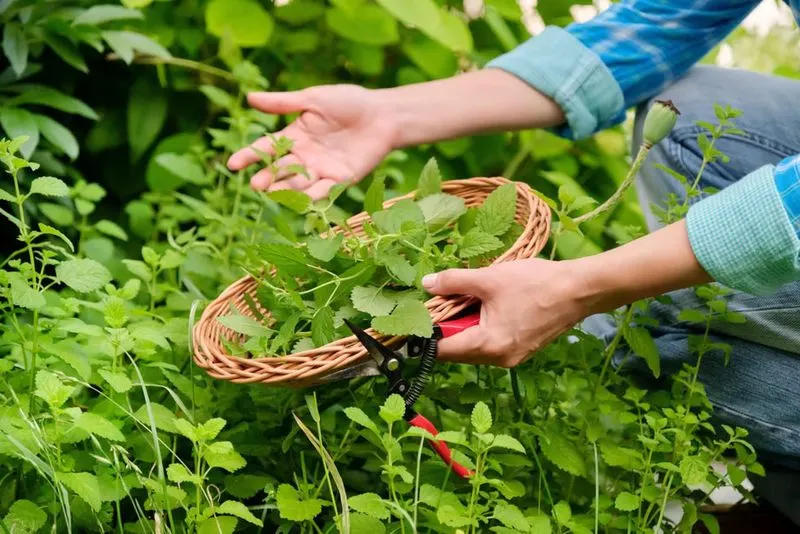
Harvesting lemon balm correctly is crucial for maintaining its aroma. Pick leaves early in the day when oils are most concentrated. Regular harvesting encourages new growth and prevents flowering, which can diminish the scent. Use sharp scissors or pruners to avoid damaging the plant. Store harvested leaves in a cool, dry place to retain their fragrance. Proper harvesting not only provides fresh herbs for your kitchen but also promotes a continuously aromatic plant. Embrace these techniques for a bountiful harvest.
Herb Drying and Storage
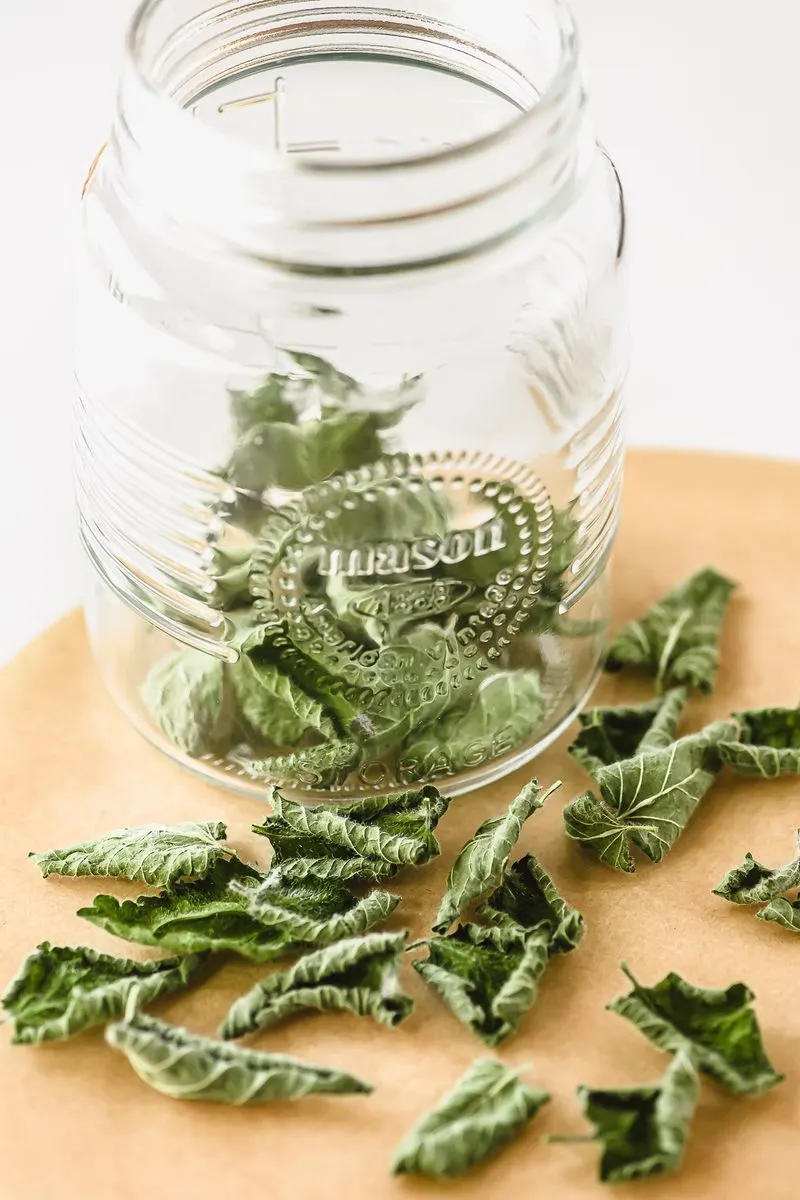
Preserve lemon balm’s fragrance by drying it correctly. Harvest leaves and hang them in small bunches in a well-ventilated, dark area. Once dry, store the leaves in airtight containers away from sunlight. This method maintains their delightful aroma for teas and recipes year-round. Avoid plastic bags, which can trap moisture. Proper drying and storage ensure a steady supply of lemon balm that smells just as fresh as the day it was picked. Enjoy its citrusy scent even in the off-season.
Create a Lemon Balm Garden Nook
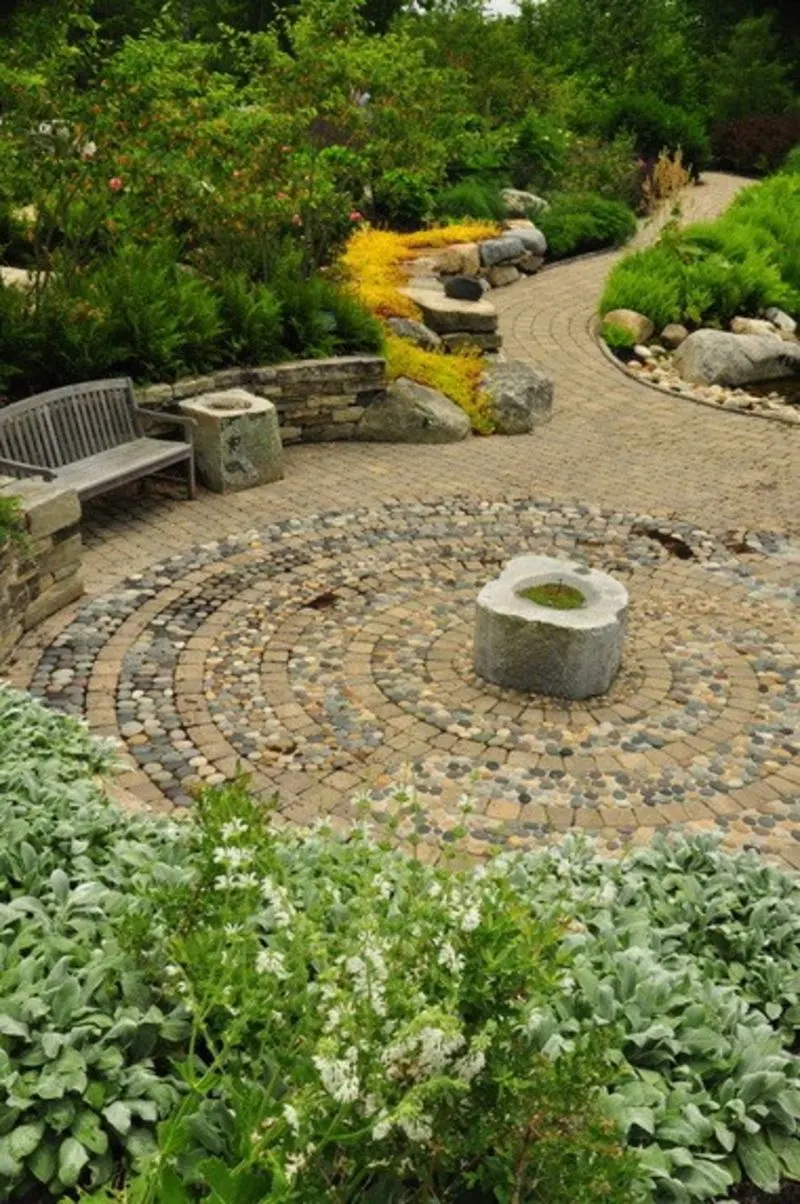
Designing a special nook filled with lemon balm invites relaxation and enjoyment. Place a bench or chair amidst the plants to enjoy their scent on a breezy day. Incorporate other aromatic herbs for a sensory experience. This dedicated space becomes a personal retreat, enhancing your connection with nature and the fragrance of lemon balm. Whether for meditation, reading, or simply unwinding, this nook offers a serene escape. Surround yourself with the calming aroma of lemon balm for a peaceful garden moment.
Insect-Friendly Environment
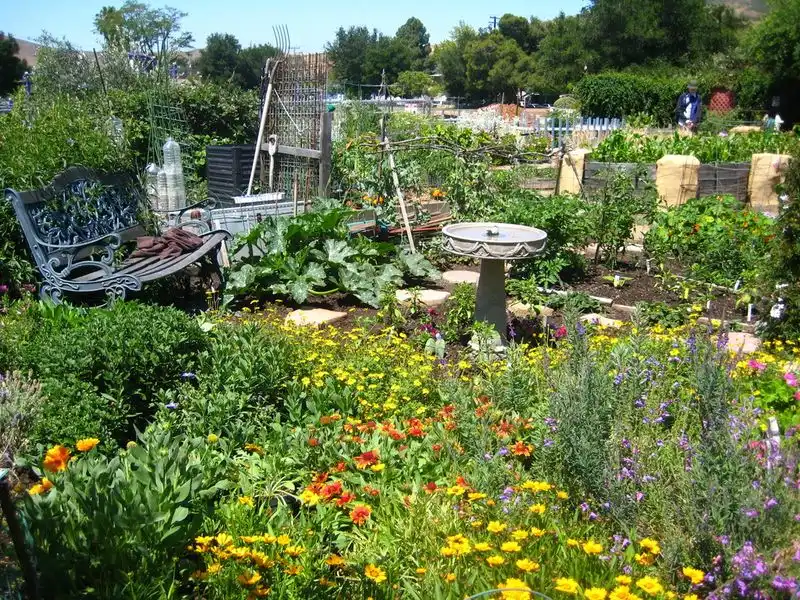
Lemon balm loves an eco-friendly neighborhood bustling with beneficial insects. Encourage ladybugs and bees to visit by planting nearby flowers. This not only helps with pollination but also keeps pests in check naturally.
Creating an insect-friendly environment promotes biodiversity, making your garden a lively paradise. The buzzing of bees adds a soothing soundtrack to your gardening journey.
Incorporate companion plants like marigolds that attract helpful insects, ensuring a harmonious ecosystem. This approach keeps the lemon balm healthy and vigorous without harsh chemicals.

